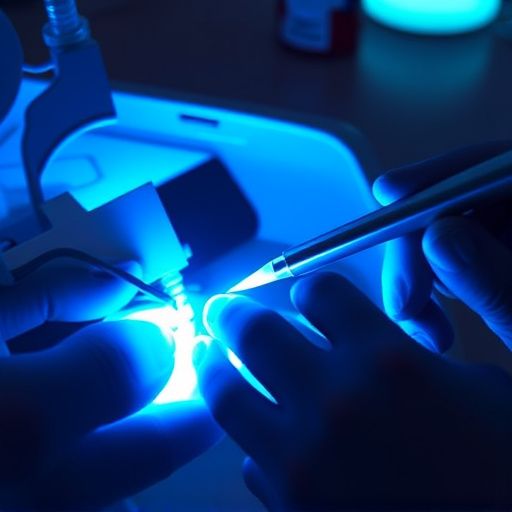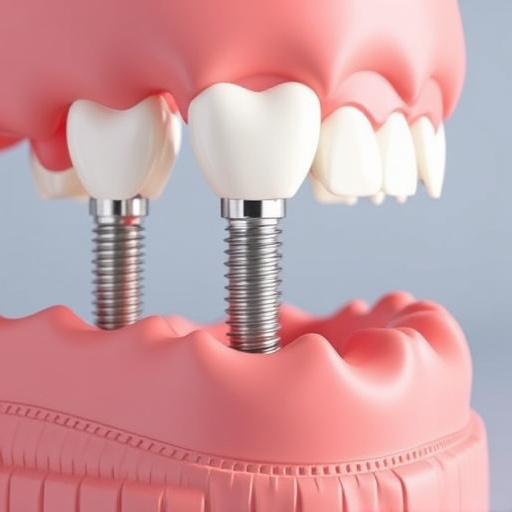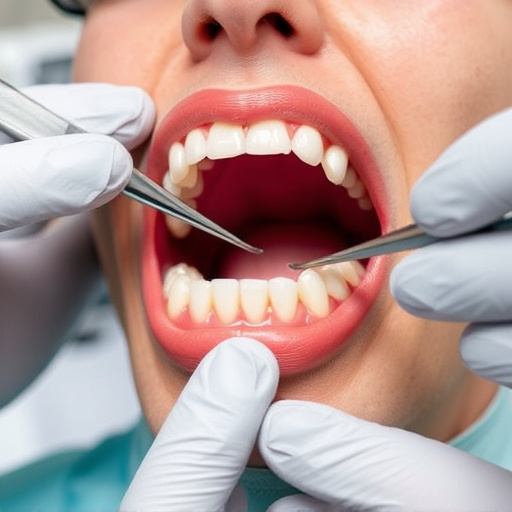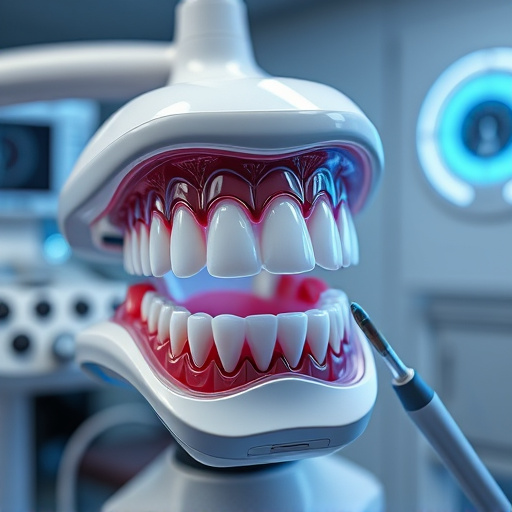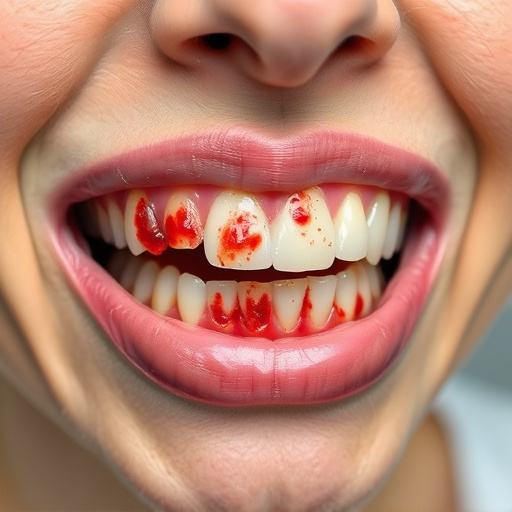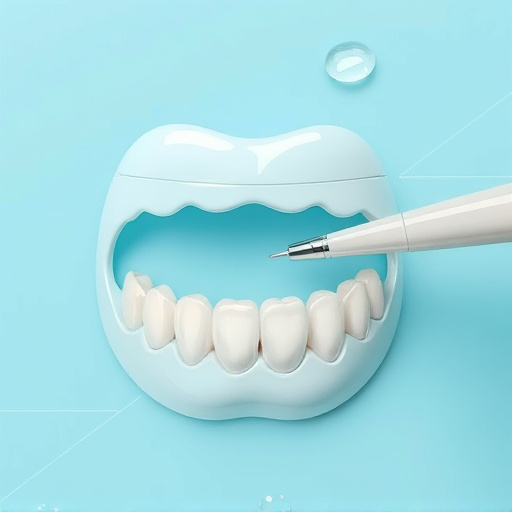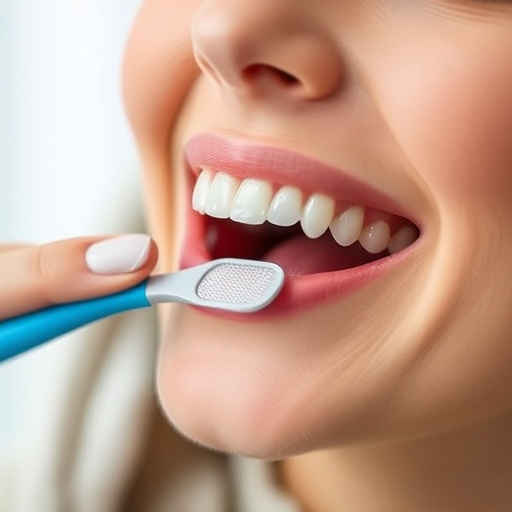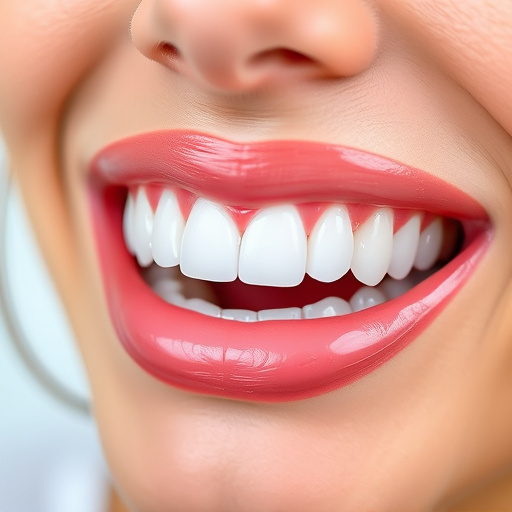A comprehensive preventive dentistry program emphasizes early detection of dental issues through regular checkups, cleanings, and advanced diagnostic tools. This approach, tailored to individual needs, includes patient education, preventative treatments like sealants and fluoride applications, and access to care using digital X-rays and scanning technologies. By integrating these measures, dental care providers empower patients to actively preserve optimal oral health and overall wellness.
In the realm of oral health, early detection is a game-changer. A well-structured preventive dentistry program focused on timely identification can significantly reduce dental issues’ impact and cost. This article delves into the essence of early detection in preventive dentistry, exploring its key components and strategies for successful implementation. By understanding these elements, dental professionals can foster healthier smiles and enhance overall oral health outcomes through comprehensive programs.
- Understanding the Importance of Early Detection in Preventive Dentistry
- Components of an Effective Preventive Dentistry Program for Early Detection
- Implementing and Promoting a Successful Preventive Dentistry Program
Understanding the Importance of Early Detection in Preventive Dentistry
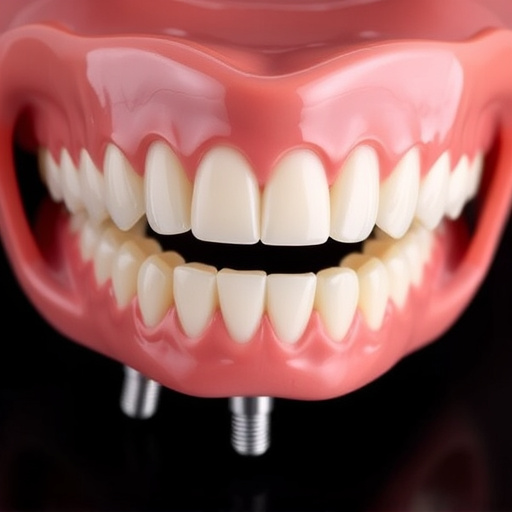
In the realm of preventive dentistry, early detection plays a pivotal role in maintaining optimal oral health. A well-designed preventive dentistry program recognizes that catching potential issues at their inception can prevent more serious problems down the line. By focusing on regular checkups, comprehensive exams, and advanced diagnostic tools, family dentistry and general dentistry professionals can identify subtle changes or anomalies in the mouth, teeth, and gums long before they become painful or visible to the naked eye.
This proactive approach extends beyond routine teeth cleaning. It encompasses a range of services aimed at minimizing the risk of tooth decay, gum disease, and other oral health concerns. By integrating early detection into their practices, dental care providers enable patients to take a more active role in preserving their smiles, fostering a culture of holistic wellness that transcends traditional general dentistry techniques.
Components of an Effective Preventive Dentistry Program for Early Detection
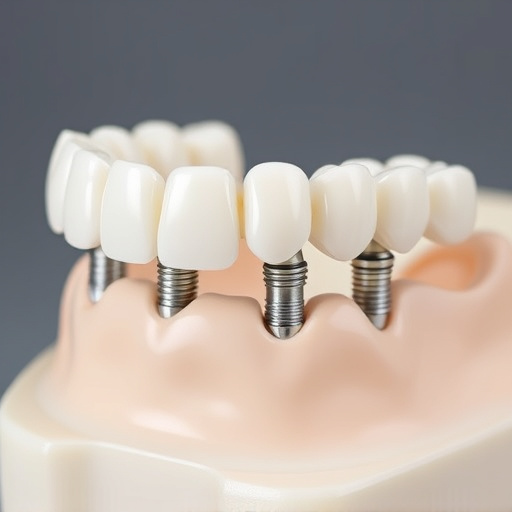
A comprehensive preventive dentistry program focused on early detection is a multi-faceted approach designed to catch potential dental issues before they become significant problems. Firstly, it emphasizes regular check-ups and cleanings, ensuring that patients’ mouths are thoroughly examined for any signs of decay, gum disease, or other abnormalities. These visits not only involve professional cleaning but also allow dentists to educate patients on proper oral hygiene practices.
Secondly, a robust preventive program incorporates patient education tailored to individual needs. This includes demonstrating the correct use of toothbrushes and dental floss, as well as providing guidance on diet and nutrition. Additionally, it may involve the application of preventative treatments like sealants and fluoride applications, which are particularly effective in shielding teeth from decay, especially in children and teens. Incorporating aspects of cosmetic dentistry where necessary, such as dental fillings for minor chips or cracks, can also contribute to maintaining a healthy smile while enhancing overall oral health.
Implementing and Promoting a Successful Preventive Dentistry Program
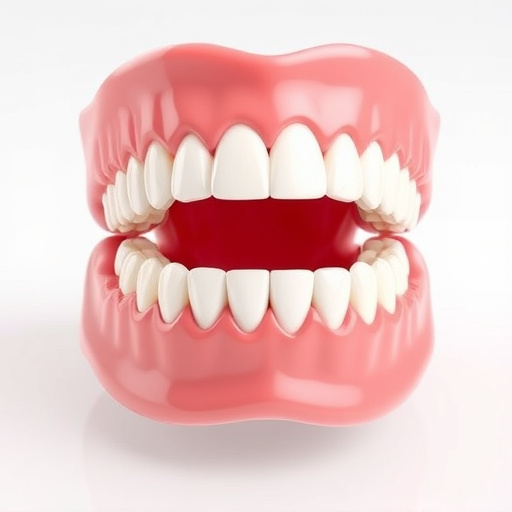
Implementing a successful preventive dentistry program requires a multifaceted approach that combines education, access to care, and the latest dental technology. By integrating regular checkups, cleanings, and patient education on oral hygiene practices, dental professionals can identify potential issues early on, preventing more serious problems down the line. Incorporating technologies like digital X-rays and advanced dental scanning tools enhances accuracy and efficiency in detecting subtle changes in oral health.
Furthermore, promoting a preventive mindset extends beyond traditional services. Encouraging patients to embrace at-home care routines, including regular brushing, flossing, and the use of mouthwash, plays a crucial role. Additionally, offering preventative treatments like cosmetic fillings or clear aligners as part of a comprehensive plan can help address specific concerns while fostering patient satisfaction and long-term oral health.
A comprehensive preventive dentistry program centered on early detection is a game-changer in oral health management. By integrating effective components, such as regular checkups, advanced diagnostic tools, and patient education, dental professionals can significantly reduce the burden of dental diseases. Implementing these strategies not only enhances the quality of care but also promotes cost-efficiency by preventing complex treatments. Through successful promotion and adoption, a focused preventive dentistry program ensures a healthier smile for patients and reduces the overall societal impact of oral health issues.





